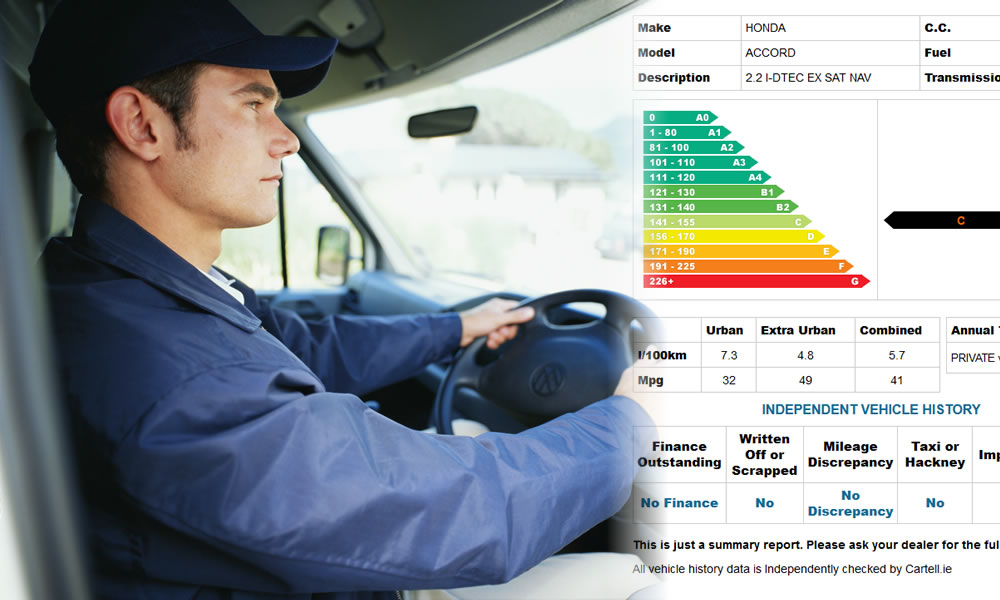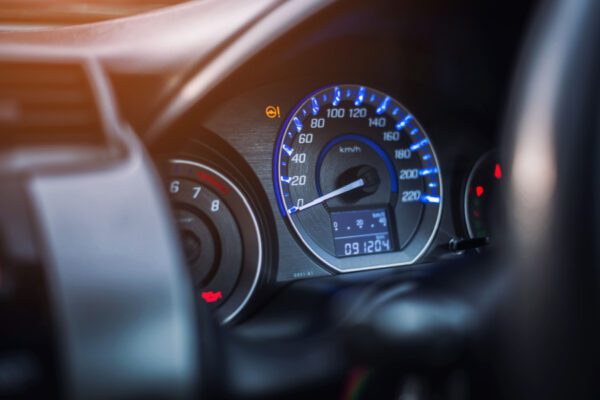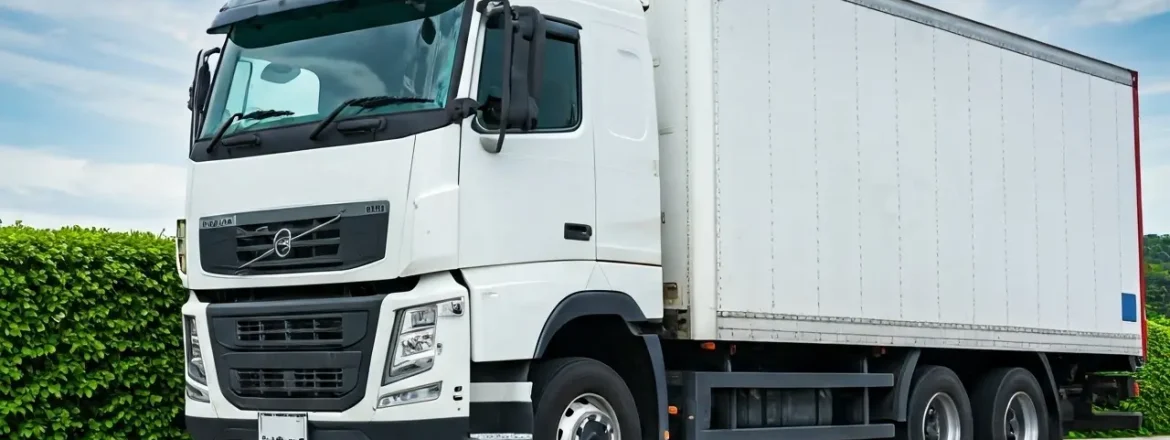Keeping track of mileage for business trips sounds simple, right? But many companies face problems when trying to pay employees fairly for their travel. Mistakes in mileage calculations can lead to overpaying or underpaying, which hurts the company and frustrates workers. That’s where digital mileage tracking steps in as a smart solution. It boosts the accuracy of reimbursements, saving time and money for everyone involved.
The Limitations of Traditional Mileage Tracking Methods
Manual Logbooks and Paper Records
Using paper to log miles sounds old-fashioned but is still common. Employees jot down start and end points, but these records often get lost or contain messy handwriting. Human errors happen easily—missed entries, incorrect distances, or forgotten trips. Plus, flipping through pages takes time, and some workers just forget to record trips altogether. This sets the stage for mistakes that can cost companies and employees alike.
Electronic Spreadsheet Tracking
Switching to spreadsheets makes it easier to track trips digitally. Employees enter distances and routes into a file, which reduces paper clutter. Still, it all depends on honest and correct entry. Errors in formulas, typos, or inconsistent data make the totals unreliable. If an employee forgets to update the spreadsheet or makes a typo, the reimbursement amount could be wrong. These issues can cause disputes or delays in payments.
Impact on Reimbursement Accuracy
When mileage data is inaccurate, errors can occur. Employees might receive extra pay or not enough, leading to dissatisfaction. Companies risk paying more than they owe or falling out of compliance with tax rules. These mistakes hurt morale and can create headaches during audits. Relying on outdated methods makes perfect accuracy hard to achieve.
How Digital Mileage Tracking Enhances Accuracy
Automated Data Capture
Digital tools use GPS to record every trip precisely. When an employee starts driving, the system captures the exact location. When they stop, it records the ending point. These devices work in real time, so there’s no need to remember details later. This automation means fewer errors and more reliable data.
Integration with Mapping and Navigation Tools
Many digital trackers connect with services like Google Maps. They automatically calculate the shortest, fastest routes and update if detours happen. This makes distance estimates much more accurate than manual measurements or approximations. If a driver takes a longer route, the system adjusts the total accordingly without extra effort from the user.
Reduced Human Error
Manual entry is the biggest source of mistakes. Digital mileage tracking minimizes this by eliminating manual input for trip distances. It ensures consistency, no matter how many trips employees make. This leads to cleaner records and fewer disputes during reimbursements.
Improved Record Keeping and Documentation
Digital systems generate detailed reports about every trip. They record dates, times, distances, and routes automatically. These reports are easy to access and export, which simplifies audits and reimbursements. Clear, organized data builds trust and saves companies from compliance issues.
Real-world Examples of Digital Mileage Tracking Success
Case Study: Delivery Service Company
A delivery firm adopted GPS-based mileage tracking. The result? Reimbursement errors dropped by 30%. Employees appreciated the transparency, building trust with management. The company saved time spent fixing disputes and improved overall satisfaction.
Industry Adoption Trends
Sales teams, logistics firms, and field workers increasingly use digital trackers. According to recent surveys, over 65% of companies now incorporate this technology. It’s clear that manual methods are fading fast. More organizations realize that accuracy boosts efficiency and saves money.
Employee and Employer Testimonials
Workers say they trust digital systems more because the records are clear and trustworthy. Employers report fewer headaches dealing with reimbursement disputes. Both sides benefit from transparency and more accurate payment processes.
Expert Insights and Recommendations
Industry Experts on Digital Tracking Benefits
HR and fleet management specialists agree: digital tools reduce errors and boost efficiency. They help managers keep better control of expenses and improve accountability.
Best Practices for Implementation
Choosing the right digital mileage tool matters. Pick one that fits your existing systems. Train employees properly to ensure they understand how to use it. Regularly review data for accuracy and make updates when needed.
Actionable Tips
- Always check GPS data periodically.
- Make digital tracking part of your overall expense policy.
- Stay aware of new features and updates to improve accuracy.
- Use data to spot trends or possible issues early.
The Future of Mileage Reimbursement and Digital Tracking
Emerging tech like artificial intelligence will make mileage tracking even smarter. AI can detect unusual trips or potential errors in real-time. Expense platforms are starting to automatically link trips to reimbursements, making the process faster. Plus, with strict tax rules, digital records help stay compliant and avoid penalties.
Conclusion
Digital mileage tracking makes a real difference. It narrows down errors, guarantees precise reimbursements, and saves time. Businesses that adopt this technology gain trust, cut costs, and simplify their expense process. If you still rely on paper or spreadsheets, now’s the time to switch. Embrace digital solutions and ensure every mile is counted correctly. Your employees and your bottom line will thank you.





